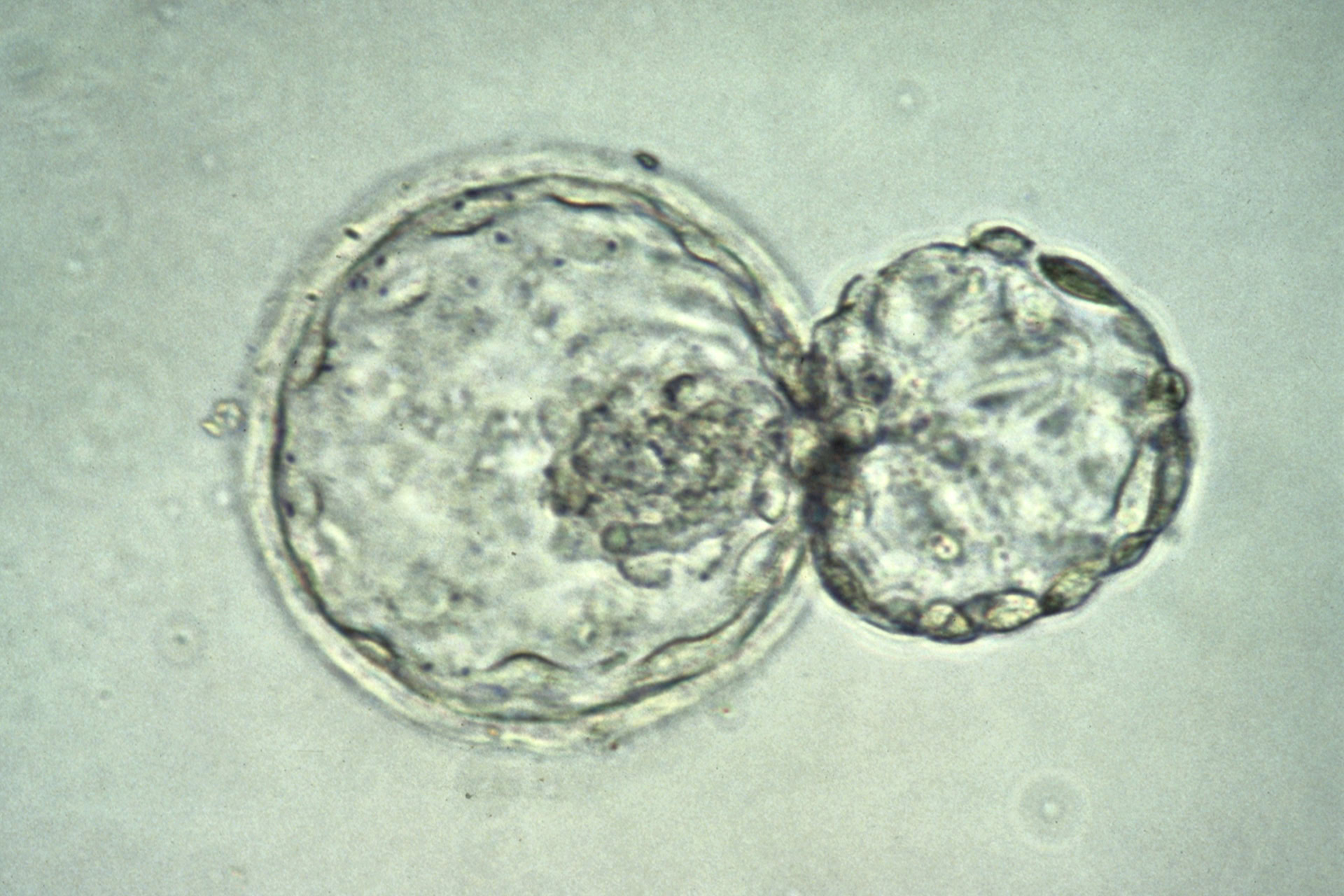Retinal cells derived from human embryonic stem cells (hESC) have been safely transplanted into the eyes of patients with currently incurable sight loss, as part of a study being conducted in the USA.
None of the 18 participants on the phase 1/2 clinical trial experienced immune rejection or tumour growth, and over half of them showed some improvement in their vision.
Professor Steven Schwartz, one of the study leaders from the Jules Stein Eye Institute in Los Angeles, said: 'Our results suggest the safety and promise of stem cells to alter progressive vision loss in people with degenerative diseases and mark an exciting step towards using embryonic stem cells as a safe source of cells for the treatment of various medical disorders.'
The researchers took pluripotent hESCs and converted them into retinal pigment epithelial (RPE) cells. These were then injected behind the retina of the worse affected eye of each of the 18 patients: nine with age-related macular degeneration (AMD), and nine with Stargardt's macular dystrophy (SMD). Given that the supportive RPE cell layer of the retina is damaged in these diseases, the researchers hoped that replenishing this cell population could prevent further sight deterioration.
Participants were followed up with visual and physical tests for up to three years following transplantation. Visual ability was measured using a standard Snellen reading chart, which consists of rows of letters gradually decreasing in size. At 12 months, ten of the 18 participants had improved Snellen scores for their treated eyes, and only one reported deterioration (however, four people did not have 12 month assessments).
To reduce the risk of transplant rejection, all of the participants were given immunosuppressive drugs from one week before surgery to 12 weeks afterwards. Although there were no signs of transplant rejection, other side effects were reported, including cataracts and inflammation.
Dr Anthony Atala, director of the Wake Forest Institute for Regenerative Medicine in the USA, praised the work as 'a major accomplishment', but highlighted the difficulties in getting to this point: 'Since the discovery of hESCs in 1998, much has transpired, including political, ethical, and scientific debates, with an overall push to achieve the promise of human therapies.
'Much work remains to be done before hESCs and induced pluripotent stem cell therapies go beyond regulatory trials, but the path is now set in motion.'
The study is being funded by Advanced Cell Technology (ACT) and the results were published in the medical journal, The Lancet. ACT is also carrying out a phase 1/2 clinical trial of hESC-derived stem cells for the treatment of SMD in the UK.
Sources and References
-
Stem cell therapy success in treatment of sight loss from macular degeneration
-
Embryonic stem cells transplanted into eyes of blind restore sight
-
Stem cells improve vision enough for horse riding
-
Human embryonic stem cell-derived retinal pigment epithelium in patients with age-related macular degeneration and Stargardt's macular dystrophy: follow-up of two open-label phase 1/2 studies
-
ACT Announces Positive Results from Two Clinical Trials Published in The Lancet Using Differentiated Stem Cell-Derived Retinal Pigment Epithelium (RPE) Cells for the Treatment of Macular Degeneration







Leave a Reply
You must be logged in to post a comment.